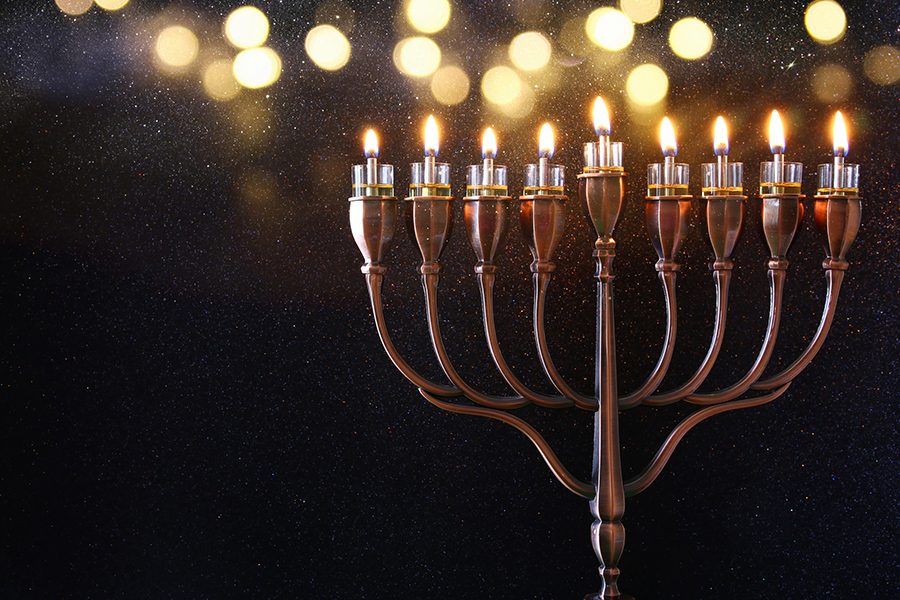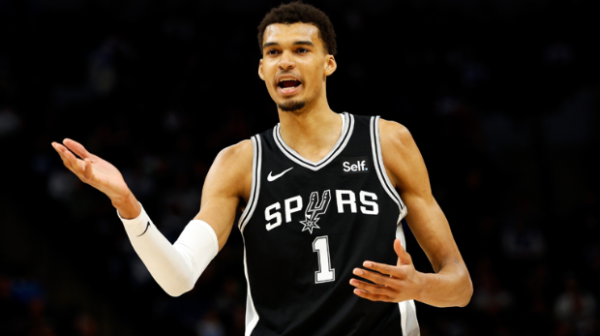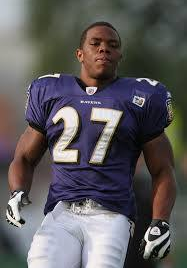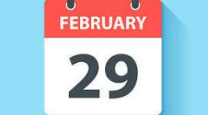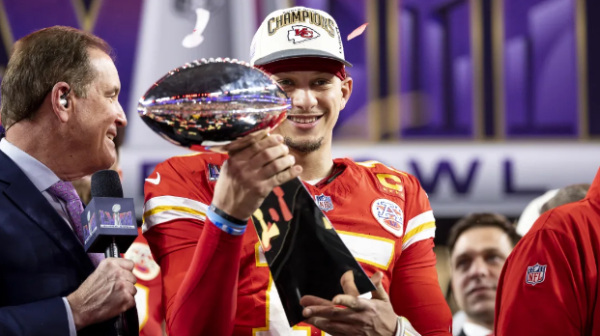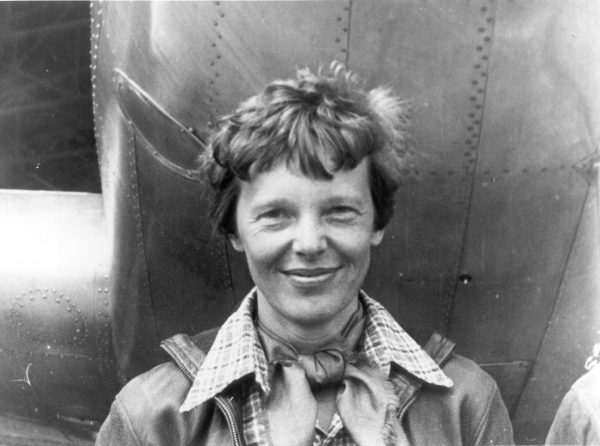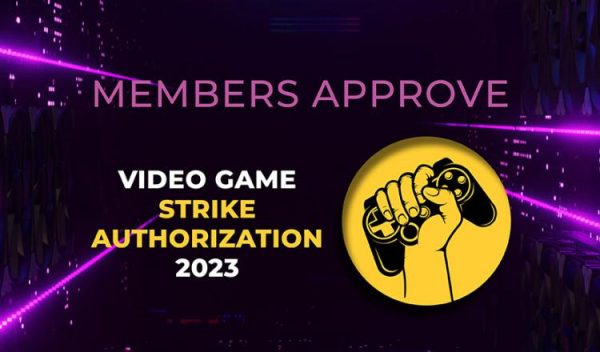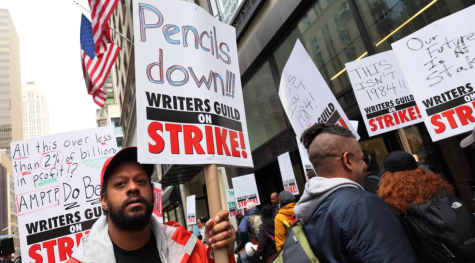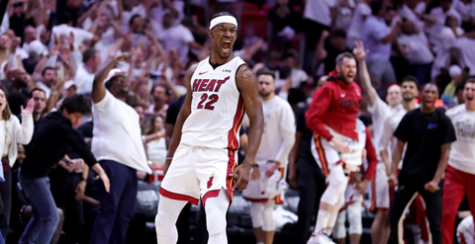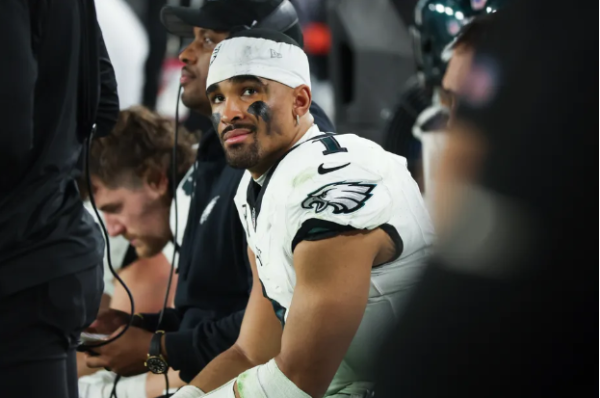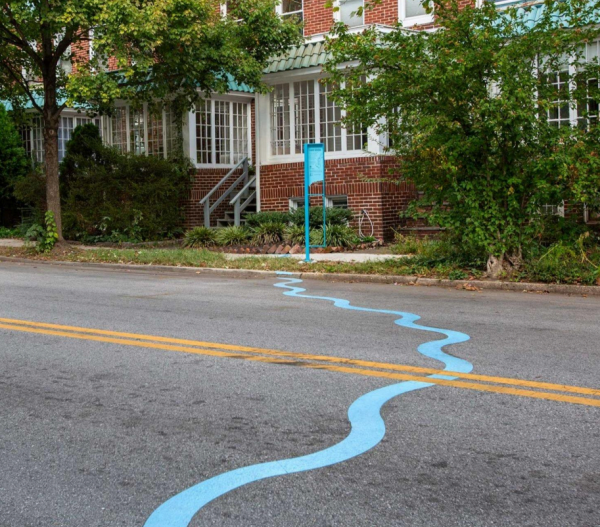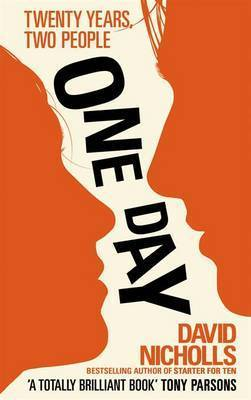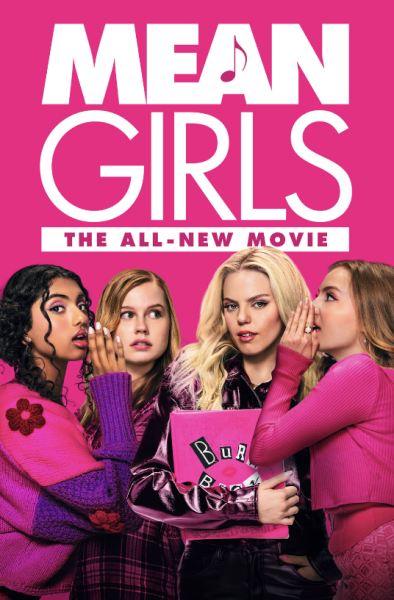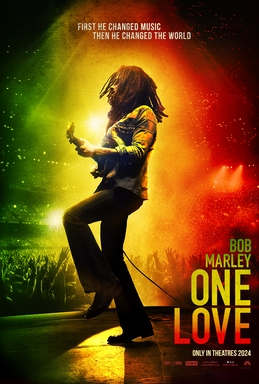Lighting the Menorah
Two thousand years ago in a land not yet separate from the Syrian-Greek empire, a small band of dedicated Jews led by Judah the Maccabee defeated one of the mightiest armies on earth.
It was on that night that a miracle was created out of a single cruse of oil. The group had set out to light the menorah (a nine-branched candelabra used to represent the days of Chanukah) that stood in the Holy Temple. At the time, the Greeks had contaminated all of the oil they had. The small group searched desperately but all they found was a single cruse of oil. This was nearly enough to sustain the menorah until a new batch of oil could be made.
It seemed hopeless, but on that night a true miracle had come to life. The menorah’s candles were lit, and not only did they burn for the rest of that night, but the seven nights that followed.
From this miracle, the Festival of Lights, or Chanukah, was born. Every year, on the twenty-fifth of Kislev, which is the twelfth month of the Jewish calendar. The Jewish community, of which I am a party of, celebrates the miracle of the candles that burned for eight straight nights.
At its core, Chanukah is a celebration of our history and the victory we had that night. Unfortunately, because it occurs around the same time as Christmas, many people assume it somehow is Jewish version of Christmas or “Jewish Christmas.” Not many people know how the holiday is celebrated or why.
There are eight nights of celebration and during these nights there are four main traditions that follow the holiday. It all starts on the 25th of Kislev: the sun sets, and Chanukah begins with Jewish prayers. We light the candles on our Chanukah menorah and then bless the bread we eat. Once the blessing has been said, the celebration can begin.
You might have heard that the dreidel is a Jewish Chanukah tradition, but you probably don’t know hit’s played. A dreidel is four-sided spinning top with the markings “Gimmel,” “Nun,” “Shin,” and “Hay” etched into each side. The letters are part of the Hebrew alphabet and serve simply to help the players remember the rules of the game.
“Dreidel” is also the name of the game of chance played during the Chanukah holidays. The prize at the end of the game is similar to poker chips. The only difference is that Jews gamble for something with a higher value than normal coins… chocolate coins. The rules of the game are simple. At the beginning of each turn, every player ante in one coin into the pot. Then player one spins their dreidel. What happens next depends on what the dreidel lands on:
Shin: Put one coin into the plot
Hay: Take half the pot
Gimmel: Take the entire pot
Nun: Nothing happens.
If you run out of coins then you are either out of the game, or you can ask other players for a loan. In my family, loans happen all the time because we only play the game once during the eight days, and the game only ends when the majority decides to move on.
The night ends with gifts given to the family. The tradition of gifts was only added onto the holiday as a way to make it more like Christmas. This can vary for different families.
Sophie Merbaum, grade eleven says, “…we usually pick a night to do gifts because I have a blended family, so we are not together all eight nights.”
Max Gilden, grade eleven says “…we give gifts usually on nights one, five, and eight.”
Beyond the candles, blessings, chocolate, and gifts, traditions can split between families. Some families, like Max’s, like to remind themselves of their roots by “retelling the story of Chanukah and explaining why we celebrate.”
Other families focus on family and the celebration.
Sophie Merbaum says, “My aunt has a Chanukah party every year with my whole family, which is how celebrates together. It’s a big party for all the friends and family.”
A typical Chanukah celebration in my family is eight days of celebration with small gifts for each night. We have collected six different Menorahs over the years and like to light all of them every night. This helps on the Saturday of the week because we like to have what we call “friends Chanuka,” a night where we invite our friends to celebrate with us. The guests light the candles, and we entertain them with an extreme game of dreidel. My favorite time of the season is on this day because the center of the table is covered in a big pile of Gelt (Chocolate coins) while my friends and family are laughing and enjoying the holiday with me.
It’s in tiny ways like this that Jewish families make the holiday their own, and even though the traditions are different, the family’s celebrations all link together during the lighting of the Menorah. A tradition that follows the Jewish community through the centuries of celebration.
Everything can be tied back to tradition because behind the game of gambling and before the holiday gift-giving is the tradition to honor our history. We bless the candles on the Menorah as we light them and remember our history. The day a miracle happened, and the candles burned for eight straight nights.
Barukh atah Adonai Eloheinu melekh ha’olam asher kid’shanu b’mitzvotav v’tzivanu l’hadlik ner shel hanukkah.
Blessed are You, Lord our God, Ruler of the Universe, who has sanctified us with commandments, and commanded us to light Hanukkah candles.
Barukh atah Adonai Eloheinu melekh ha’olam she’asah nissim la’avoteinu ba’yamim
hahem baz’man hazeh.
Blessed are You, Lord our God, Ruler of the Universe, who performed wonders for our ancestors in those ancient days at this season.
Lighting the candles is a ceremony where we begin by lighting the Shemash (The middle candle). The Shemash is then used to light the remaining candles for each day, from right to left. This is the prayer we say every night as we light the candles.
